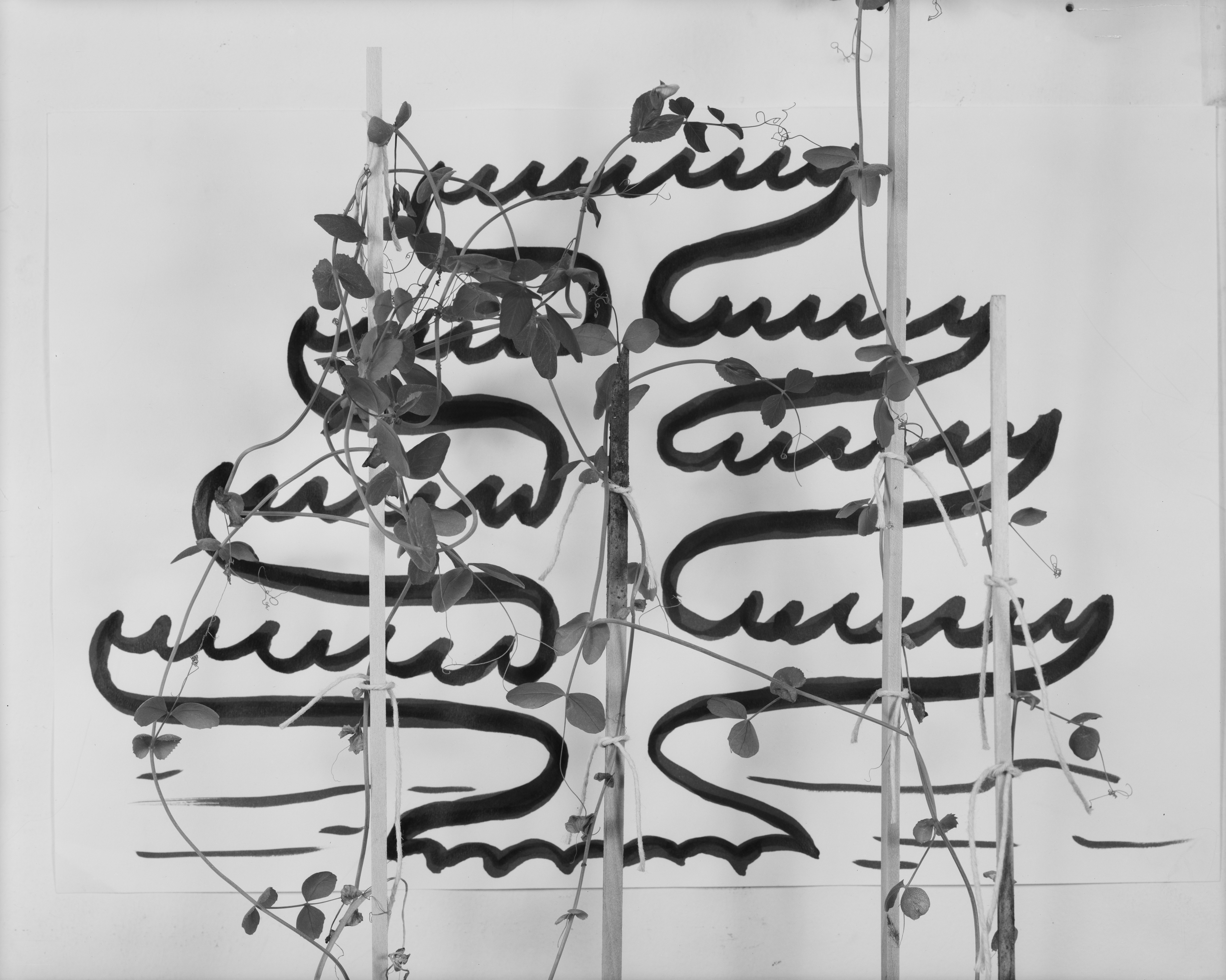
Artist Marina Pinsky’s aesthetic is almost impossible to pin down. This is a function of her working methods, that are constantly evolving much like her subject matter, which over the past few years has touched upon everything from Basel’s pharmaceutical industry to clocks. A student of photography, Pinsky’s work operates in an observational mode. Each subject she takes on becomes a kind of research project, another rabbit hole through which she can explore the flexibility of reality.
In turn, Pinsky offers the same to her viewers. Rather than dictate some greater truth to the audience, the Brussels-based artists prefers to create works that transform historical events into platforms for imagination. “In looking at these origin points, one is able to open up a universe of hypotheticals,” Pinsky says of her methods. “I don’t have to choose one specifically but rather refer to the potential thereof. The audience is then able to make their own assessments and observations.”

Take for example, “Strata of the Slow, Buried Trench,” Pinsky’s recent show at Vleeshal Markt in the Netherlands. Here, Pinsky embraced the story of the former-meat-market-turned-contemporary- art-space by installing a series of butcher-inspired sculptures including foam blocks with weapons sunk into the porous surfaces. These playful works toyed with ideas around contained violence and what might have been if Middleburg had maintained its prosperity as a trading center. “I wanted it to feel like you’d unearthed the past,” Pinsky says of the show. “As if this whole block had come out of a cupboard, as if it had been there the whole time.”
Pinsky’s research into the Netherlands led naturally into her research for her upcoming 303 Gallery debut. “I think in spending time in the Netherlands, I began to see New York as a colony like never before,” Pinsky says. “At one point, the watery landscapes of the Netherlands and un-populated New York were very much the same in regards to their topography, they were both marshy and fertile. This is still visible in some places in the Netherlands while New York buried it and built on top of the fill.” This fruitful juxtaposition of alternate, interlocking realities served as a starting point and led Pinsky back to one of her longtime obsessions: the Wyckoff House, New York’s oldest home.

“I asked them once if I could do a residency there,” Pinsky laughs when discussing her interest in the domestic space. “I’ve always just been fascinated by its place in history. Here is a moment before New York became what it is today.”
In the show, Pinsky transforms the historic Dutch home into a ceramic scale model, held together with ratchet straps. The fragility of her materials suggests a kind of static potential. One false move and the structure would be destroyed clearing way for a new story, a new history—a New York that never was.

Wyckoff House Model (2018) will be accompanied by several other new works including a spindly trio of ceramic epoxy and metal sculptures that resemble trellises inlaid with different creeping vines. Cucumber, pumpkin and string bean leaves, according to Pinsky. These works harken back to the “assembly kit” sculptures Pinsky debuted at her Kunsthalle Basel show. “For a long time I was really afraid of repeating myself,” Pinsky says. “As I’ve continued to work, I’ve realized some things demand a renegotiation, a return in order to flesh out what is possible.”
Like past solo exhibitions, her 303 Gallery show will display sculptures and photographs from different bodies of work in concert rather than as multiple parts of the same machine. Wandering through Pinsky’s show, the viewer will be invited to freely associate and invite the potential in. “I’ve always been fascinated by the idea of collective memory,” Pinsky says. “What are the things we believe about ourselves without ever having to say it?”



